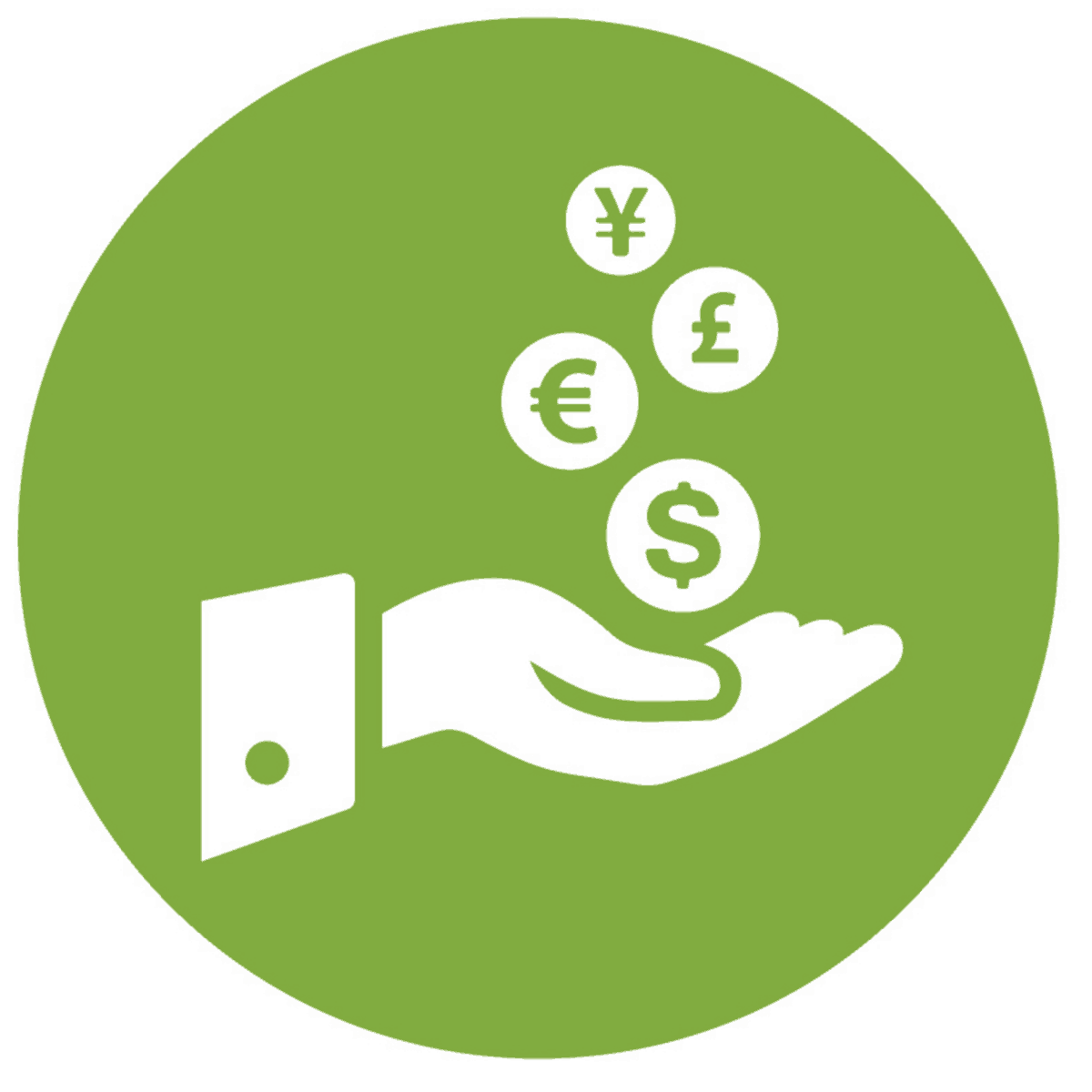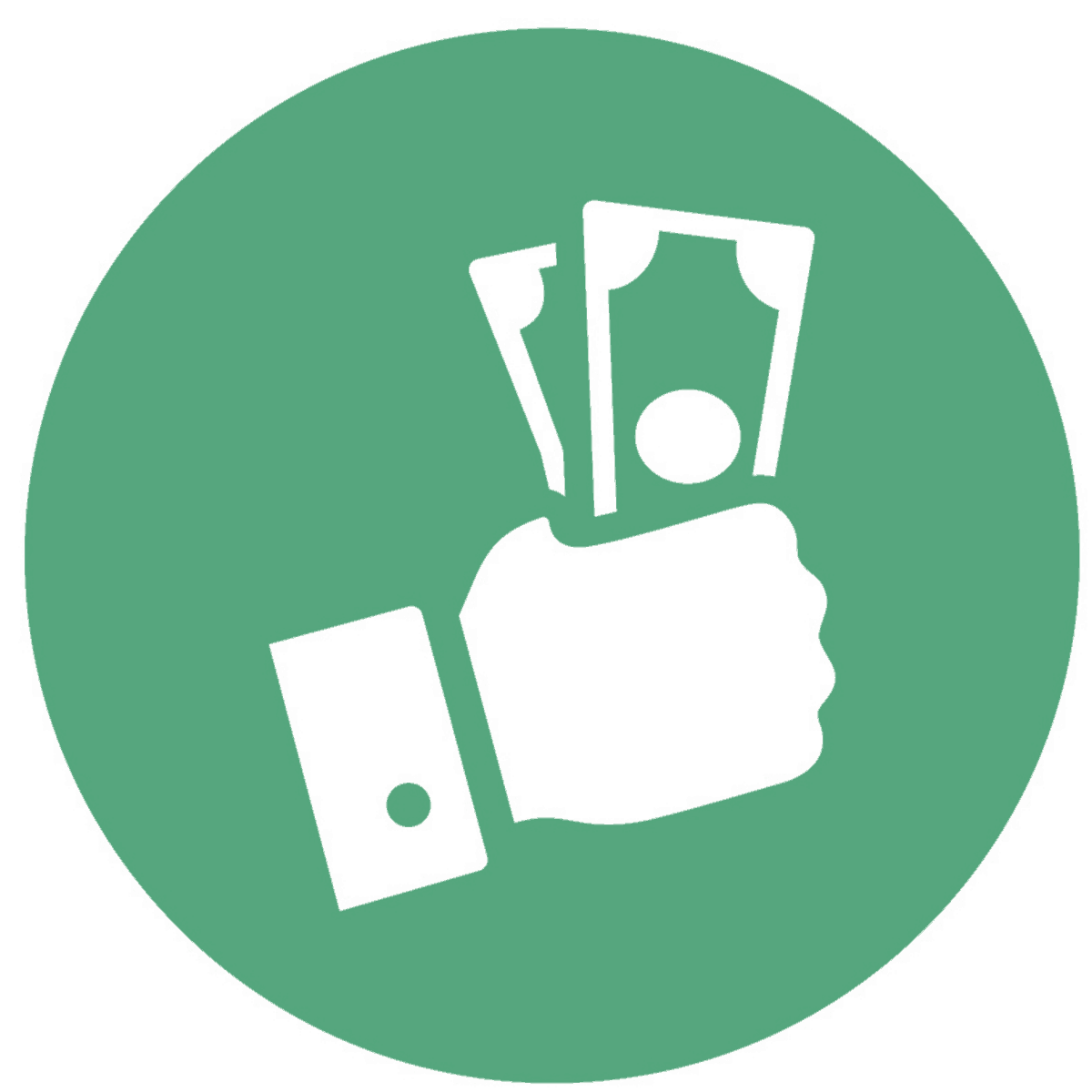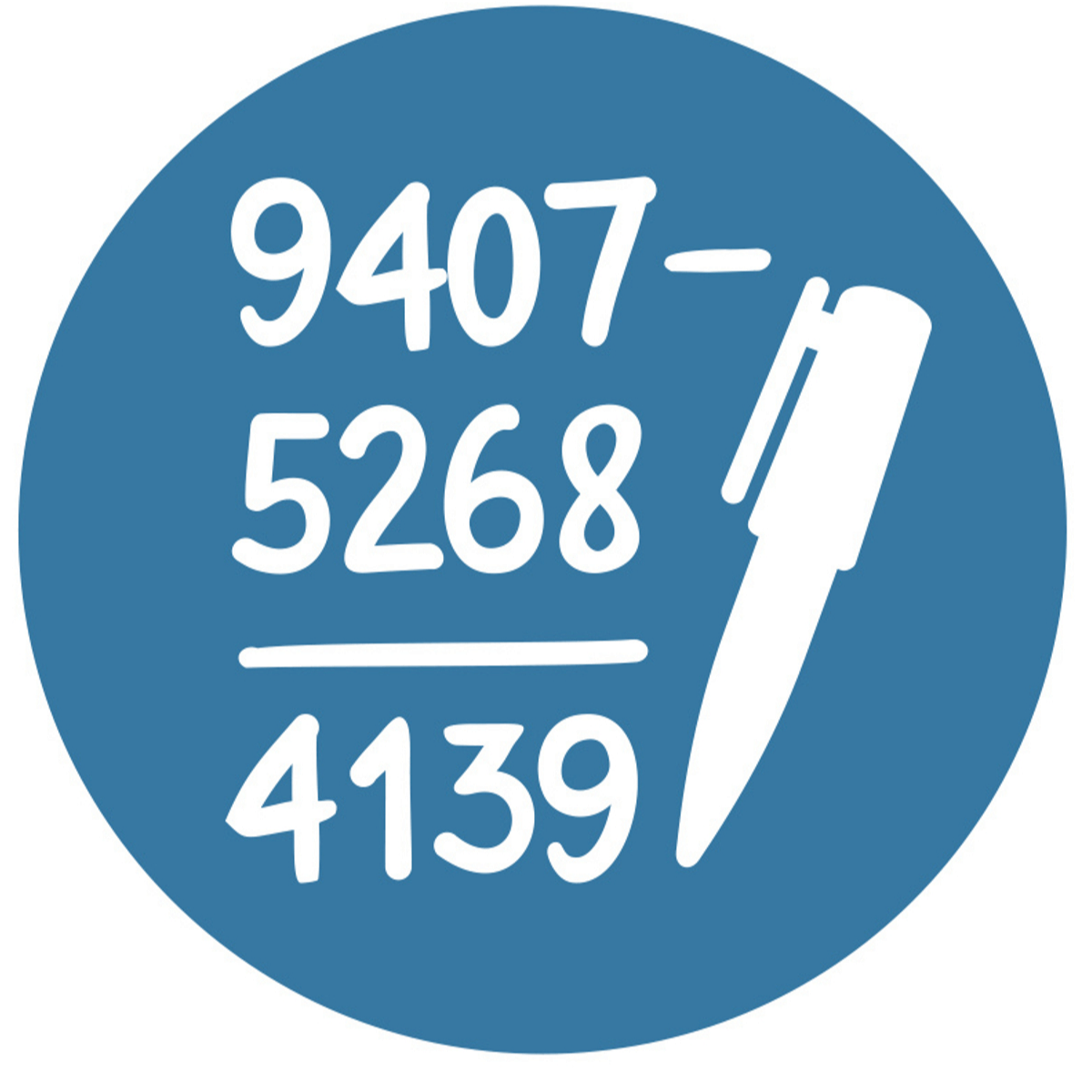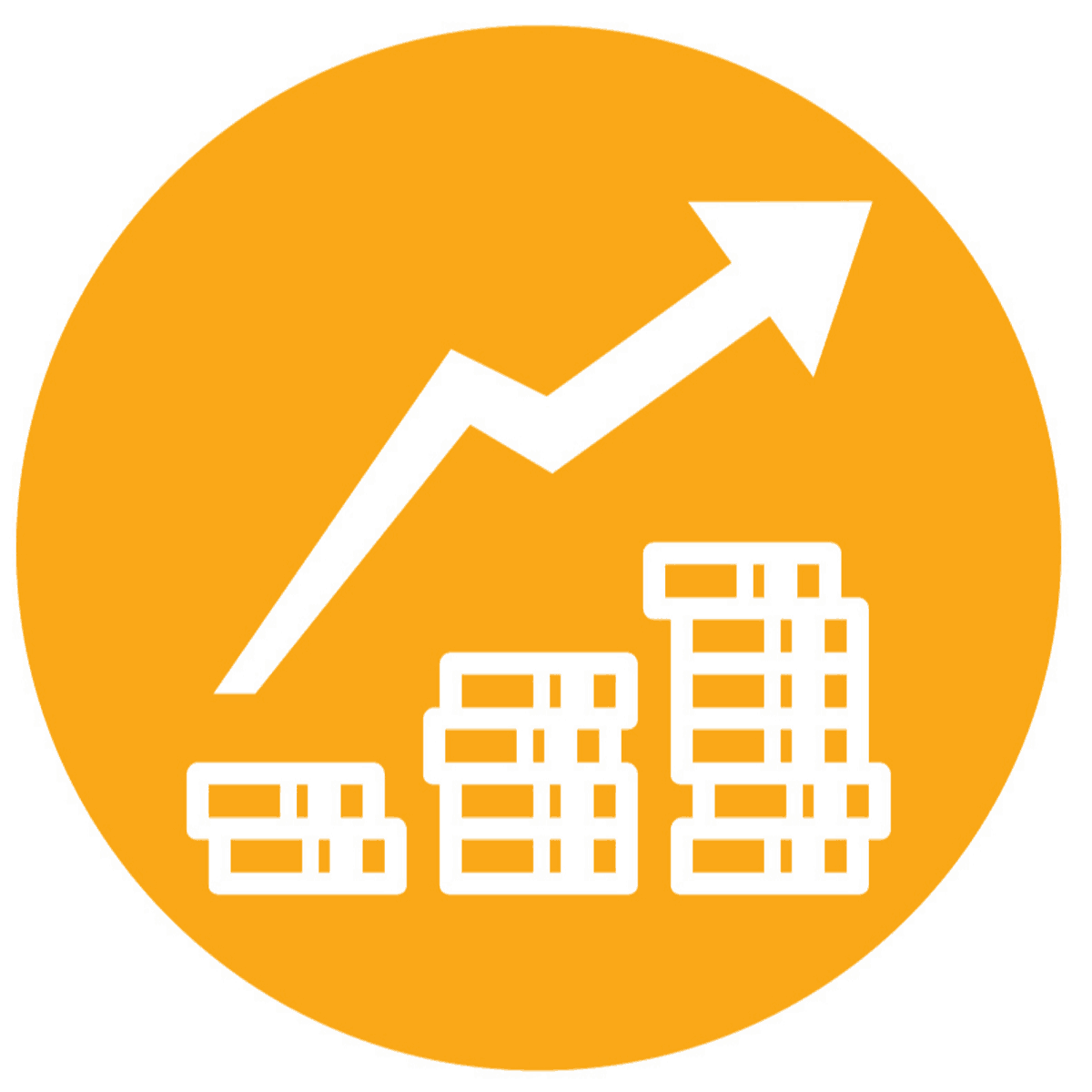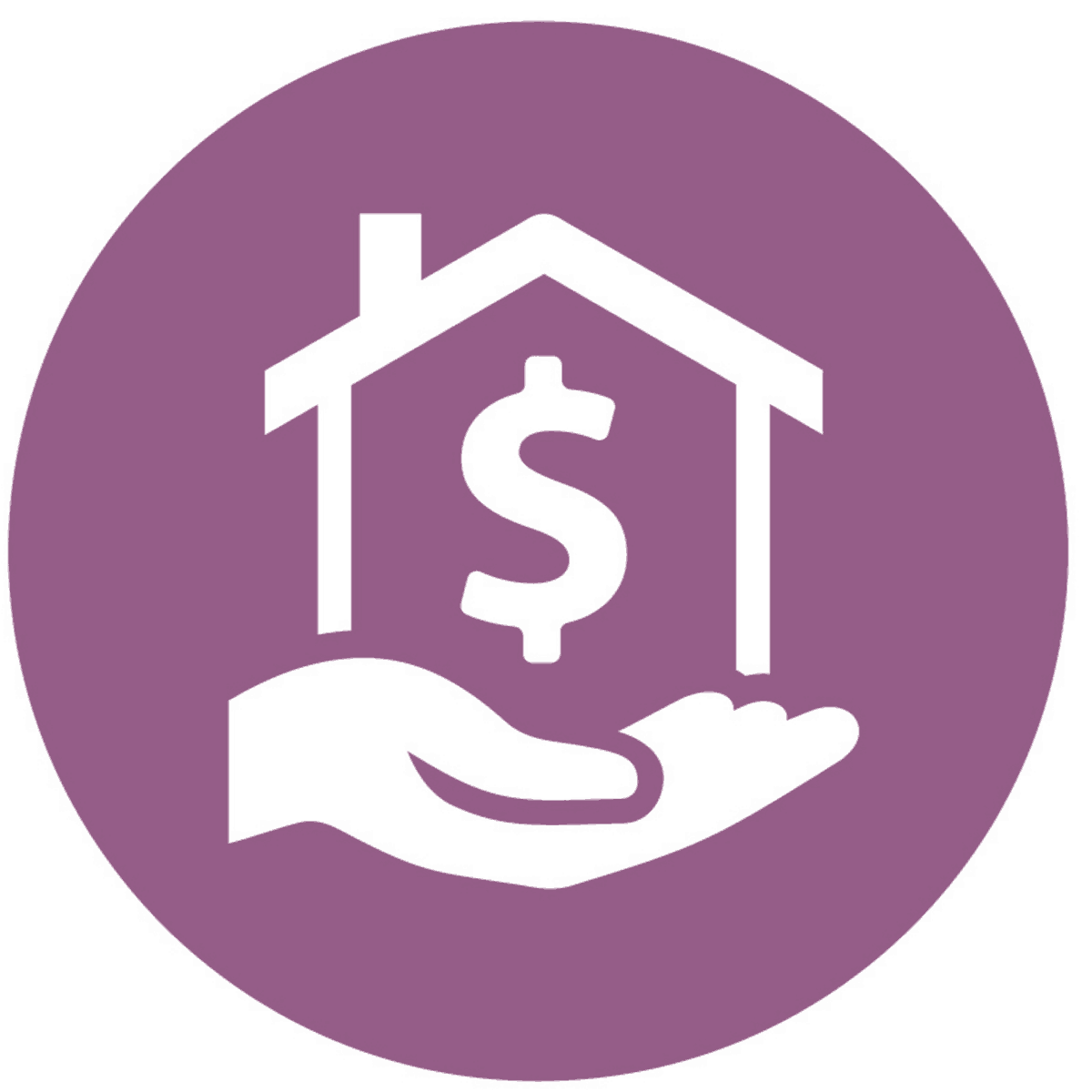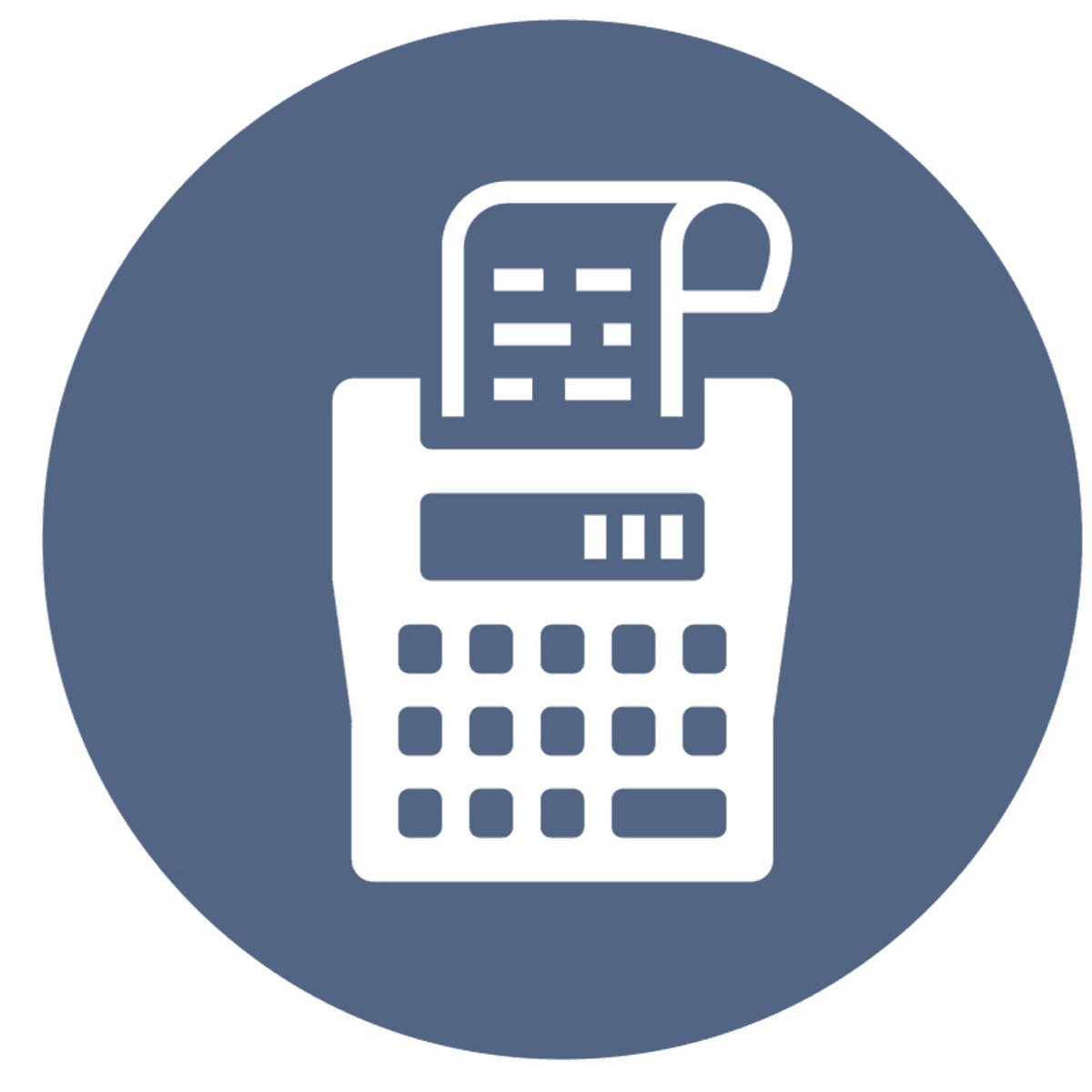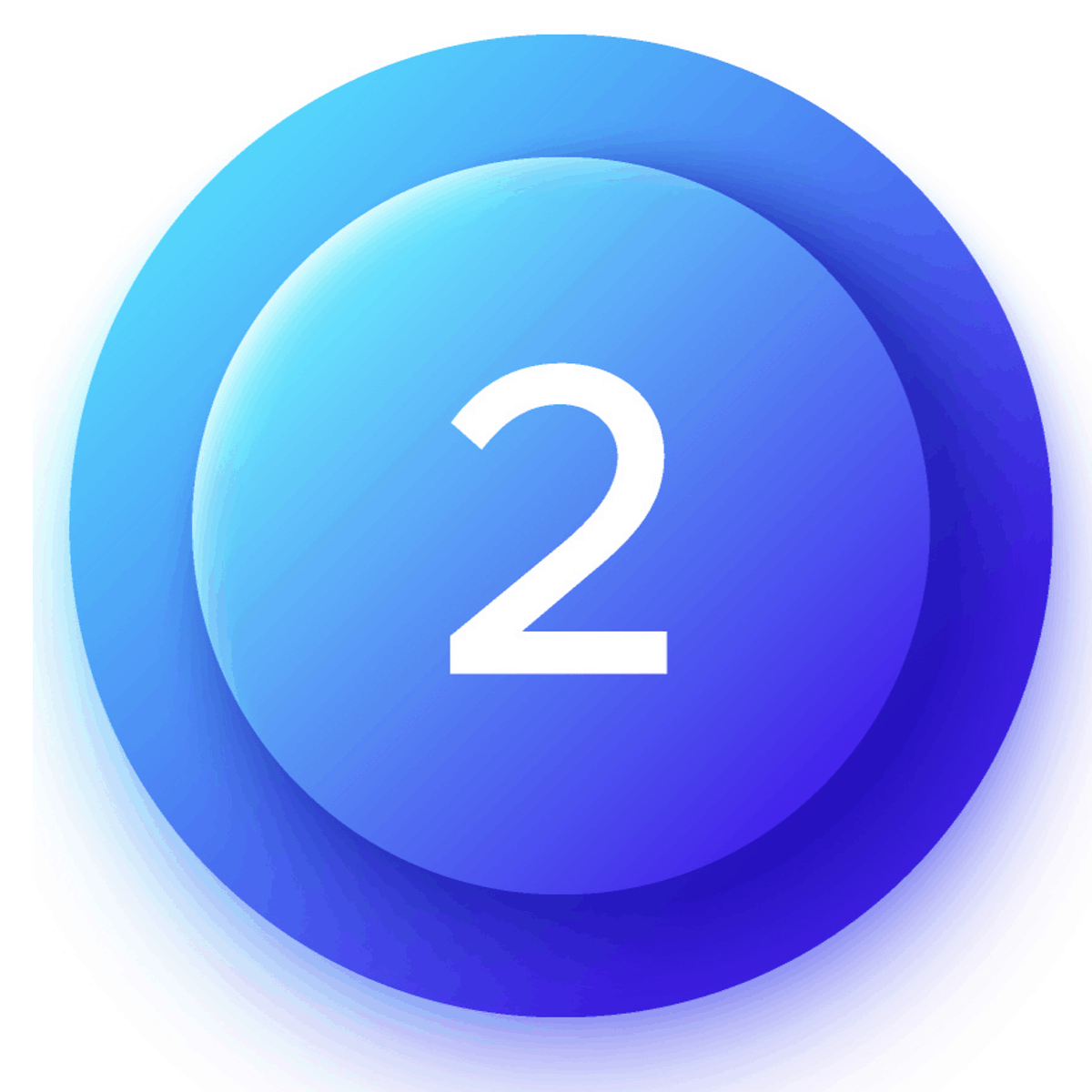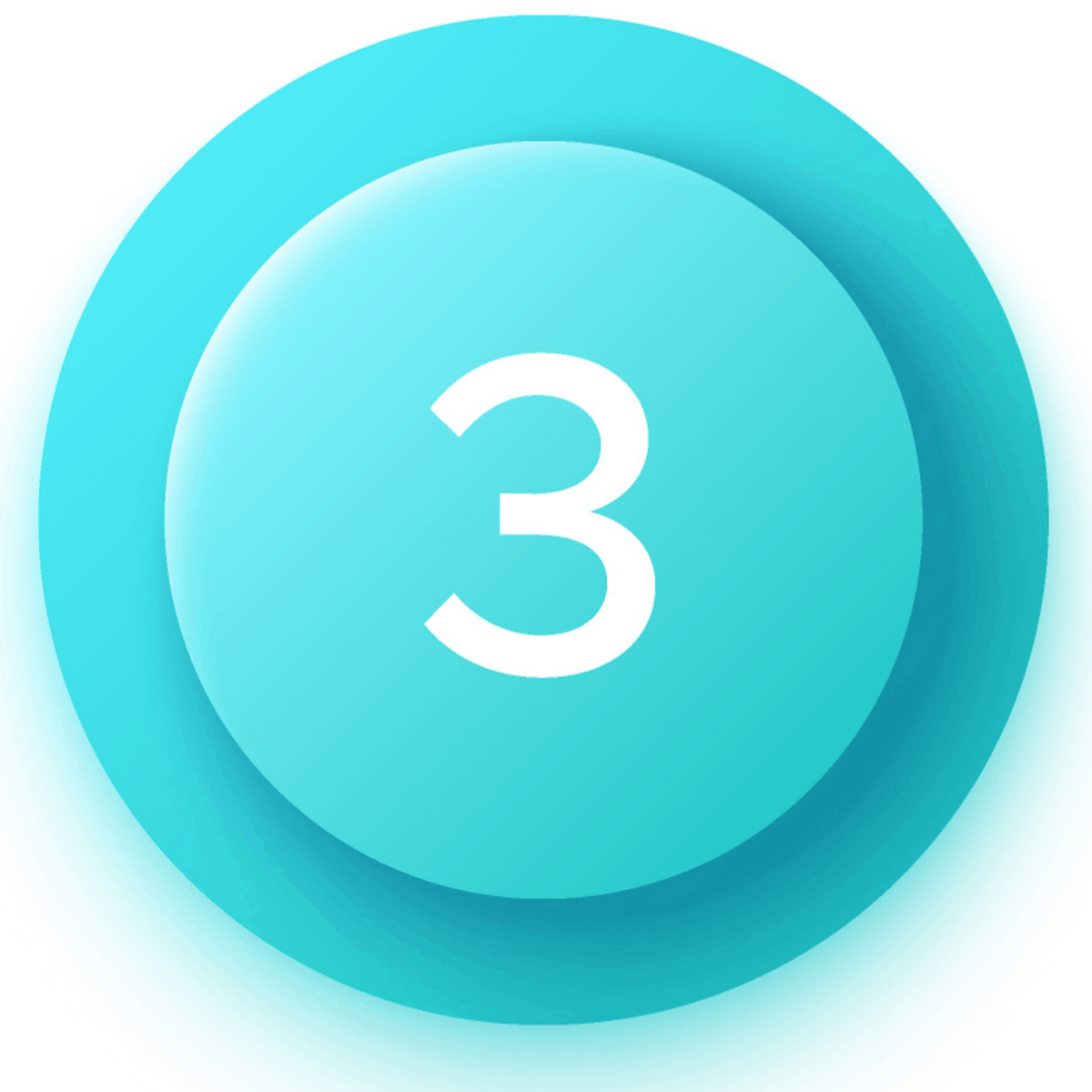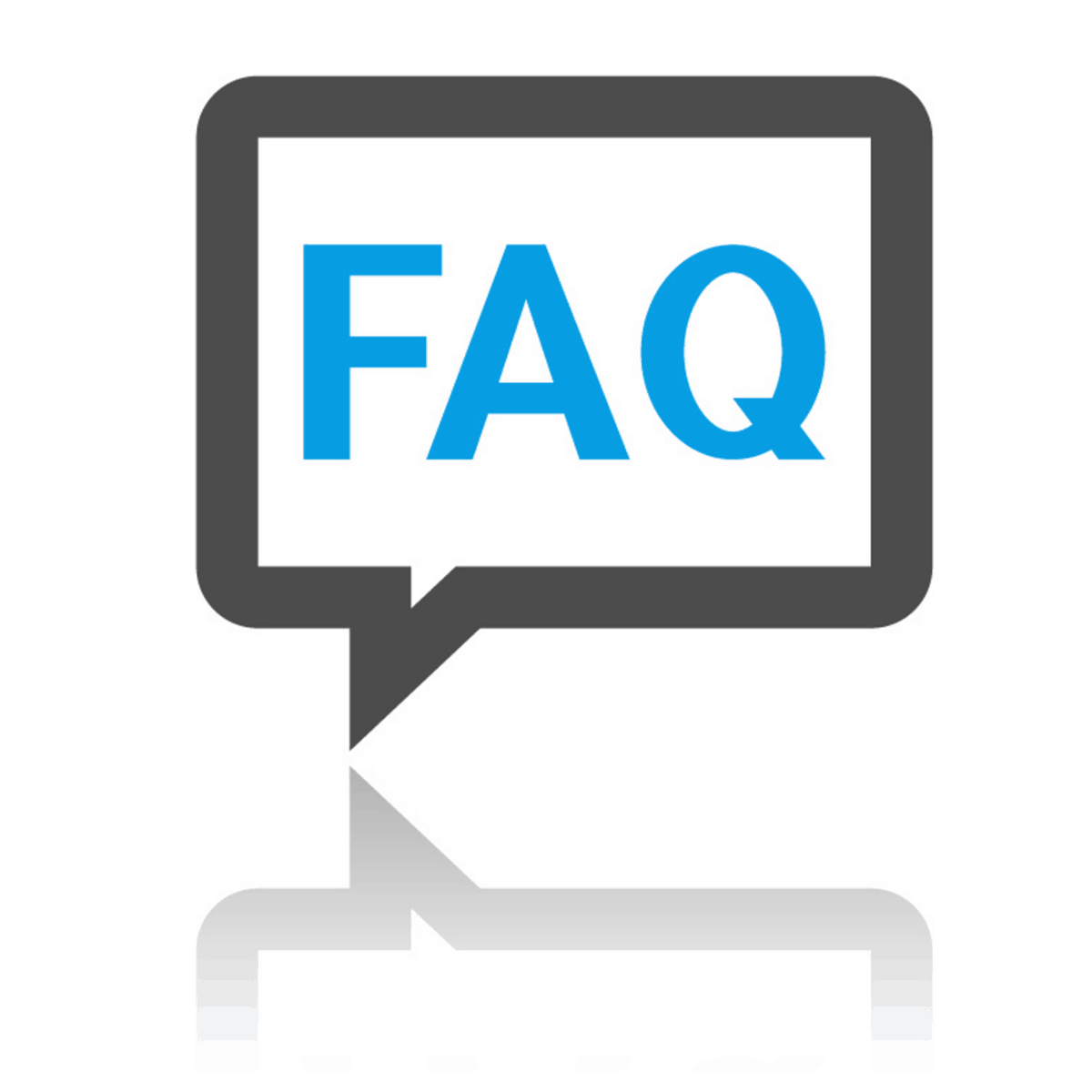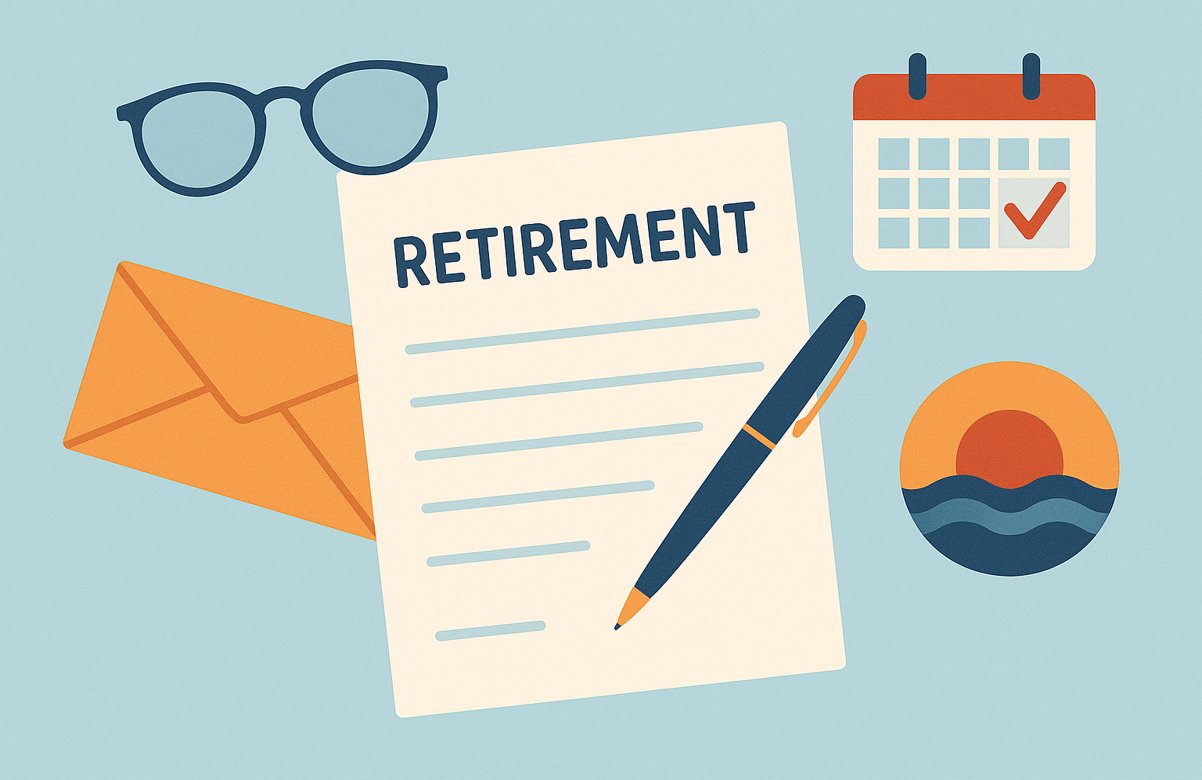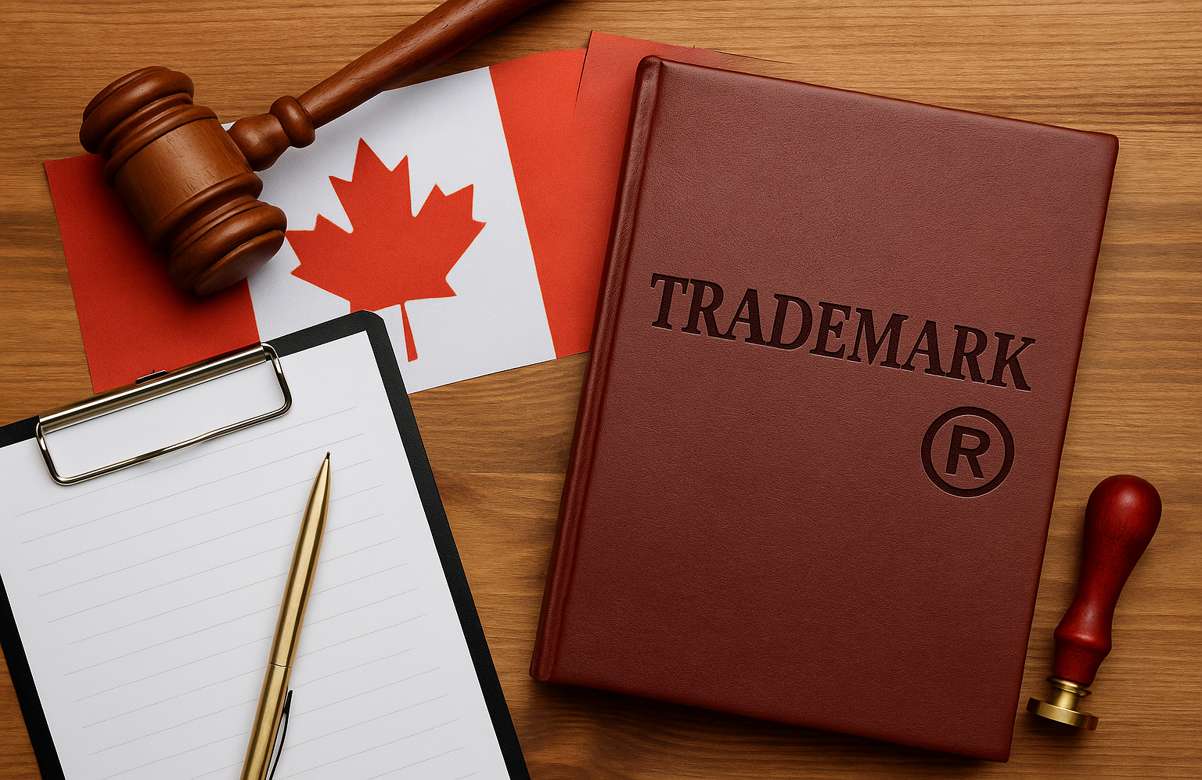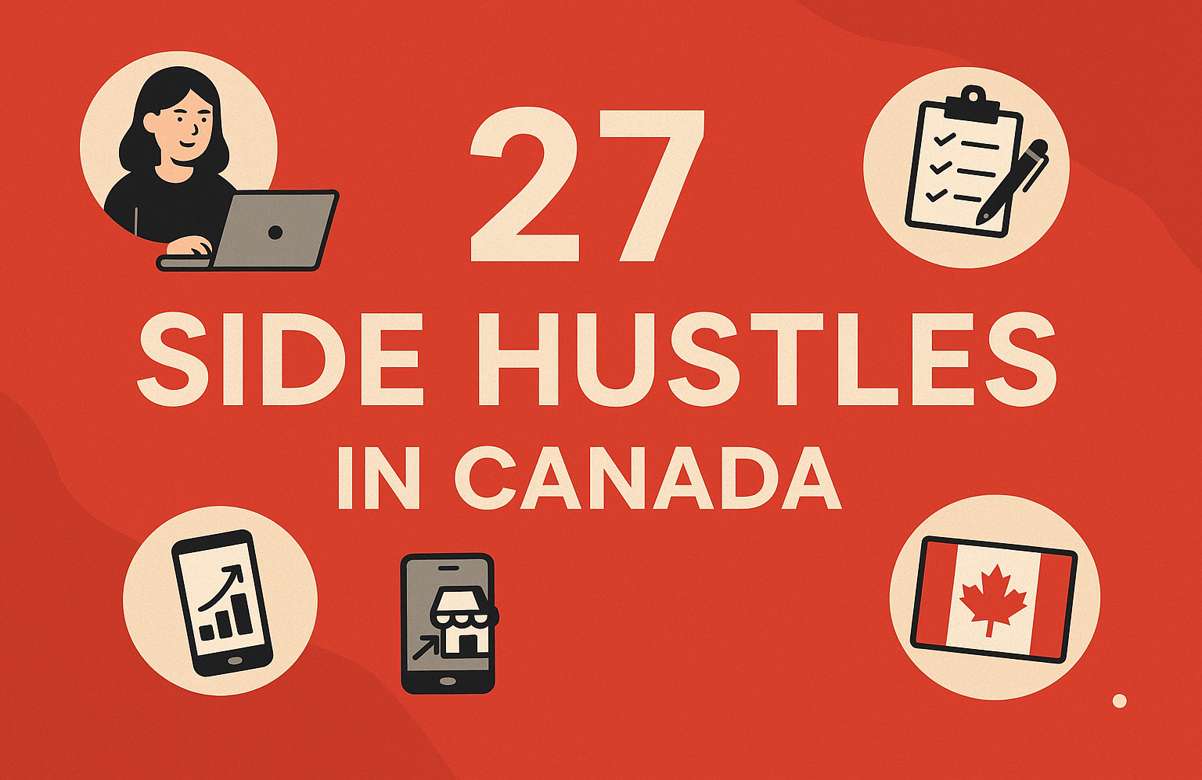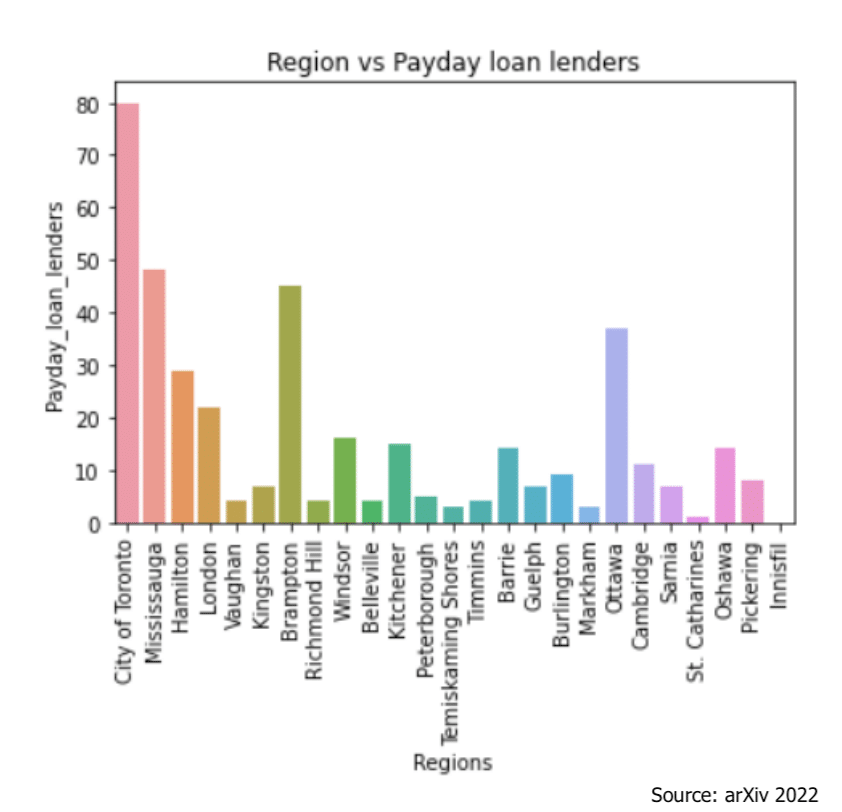Let’s first explain what a downpayment is. In real estate, a down payment is how much money you pay upfront towards the purchase of the home.
Q: Should you put 20% down on your down payment?
In Canada, down payments range anywhere between 5%-100%, mainly depending on the following:
Down payments are typically shown as a percentage, so 20% of a $500,000 is $100,000. 20% is a lot of money, so it’s not always possible to pay that much up front. But if you’re in a situation where you have a large chunk of change laying around, it’s worth considering putting down 20%.
There are a few reasons you may want to put down 20%. Ultimately, this decision depends on:
There are pros and cons to putting down 20% so let’s explore them so you can make an informed decision.
Pros for Putting Down 20% or More
You Start off Having More Equity in Your Property
When you put down 20%, you “own” 20% of the home. The bank lent you money for the other 80%, so they “own” that portion of your space. The less you put down, the less you own until you start building equity on the home. Slowly but surely, your regular mortgage payments will add up and you will eventually pay off the property. The more you put down upfront, the more you own right away.

Your Regular Mortgage Payments Can Be Cheaper
By paying down a larger down payment upfront, your regular mortgage payments can be lower because you owe less money back to the bank. Try an online calculator to see how your payments change depending on your down payment amount.
Avoid Paying Extra Insurance
If you put down less than 20% you have to pay a mortgage loan insurance that protects the lender in case you can’t make your payments. There is a premium to this kind of insurance and it ranges from 0.6% to 4.50% of the amount of your mortgage, the amount you pay is determined by how much you put down. In Canada, we have 3 agencies that issue mortgage loan insurance:
This insurance can be added to your regular mortgage loan so you pay for both amounts together, at the same interest rate.
Cons for Putting Down 20% or More
Your Money Is Tied up
One issue with paying such a large sum upfront is that you tie up cash in an asset that isn’t liquid. Having money in real estate is not as flexible as having it in a bank account. It’s more difficult to access your money, so if you are going to need cash soon, consider the implications of having your money tied up.


Your Money Could Be Used More Efficiently in Other Investment Vehicles
At the time of writing, mortgage rates are under 3%. On average, investing in the stock market can yield a return between 5-7%…which as you know…is higher than 3%.
If you’re content having your money parked away in your house, a 20% down payment may be a strategy that works for you. If you are open to taking on a different risk to get a higher return, you could try your hand in the stock market. That entails freeing up some money instead of paying a large down payment.
As someone who hates paying extra fees on anything and had an extremely debt averse mentality, when I bought my place, I put down 20%. At the time, I also didn’t understand how to invest strategically, and I was worried about having high monthly payments. I was working at an entry-level job, thus I wanted to keep my monthly payments manageable so I could also travel and enjoy some disposable income.
At the end of the day, there are pros and cons to everything. Understand the benefits and pitfalls of putting down 20%, so you can make the most informed decision for yourself.
~ Liz Enriquez



